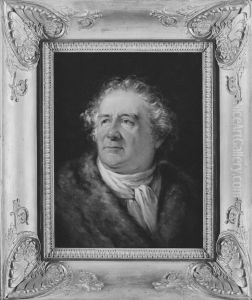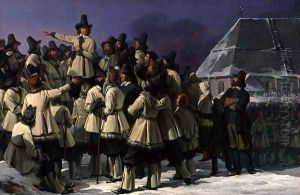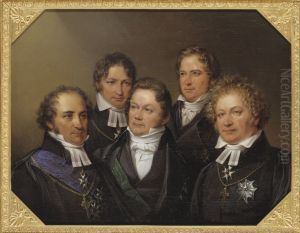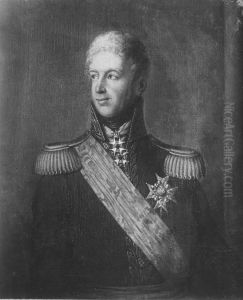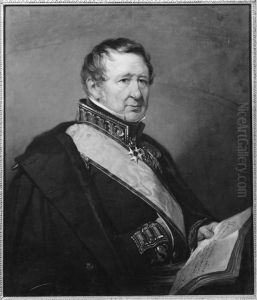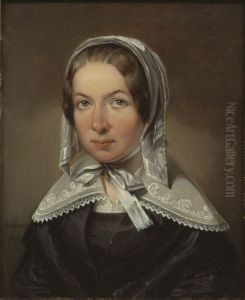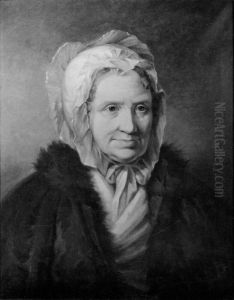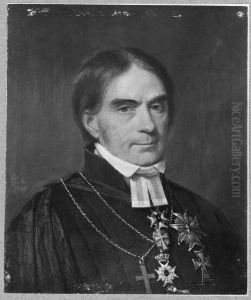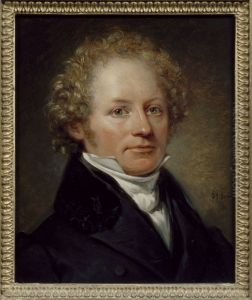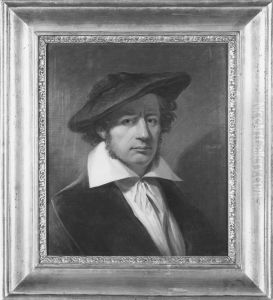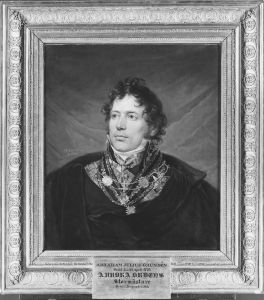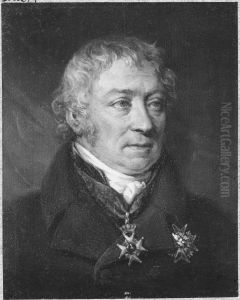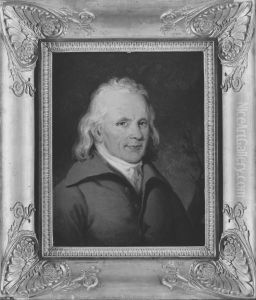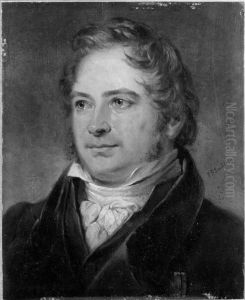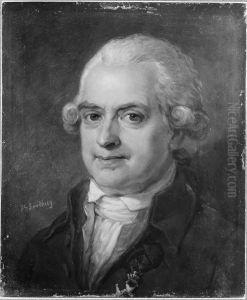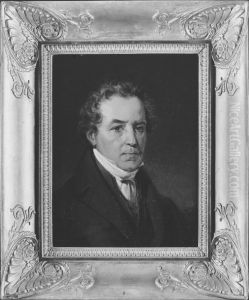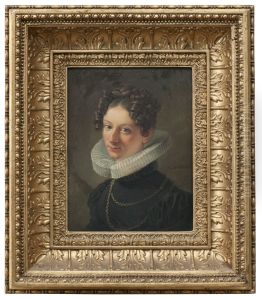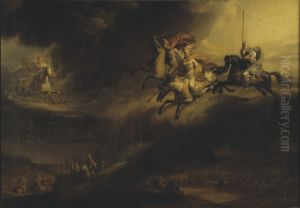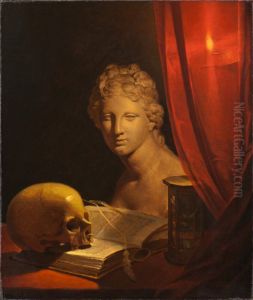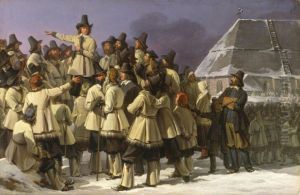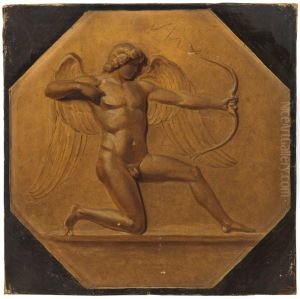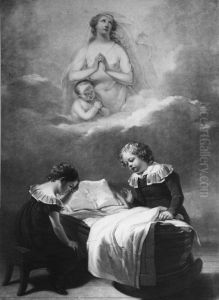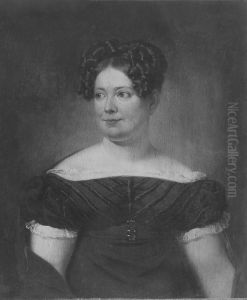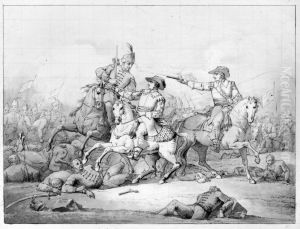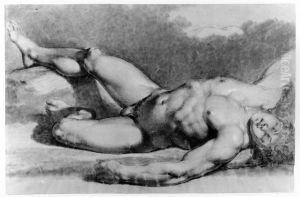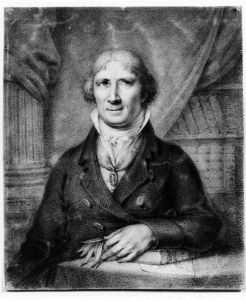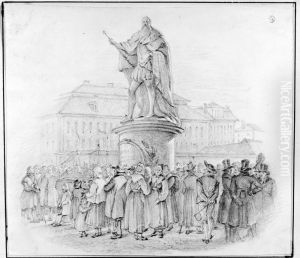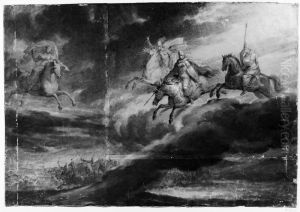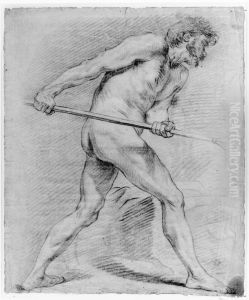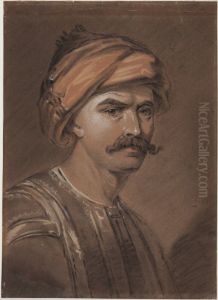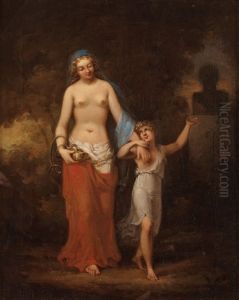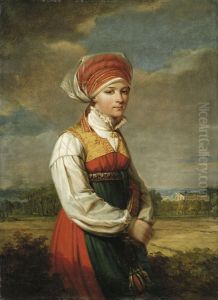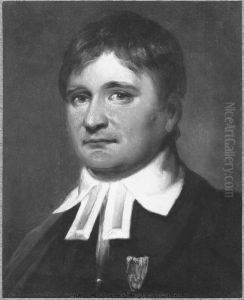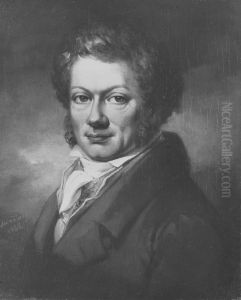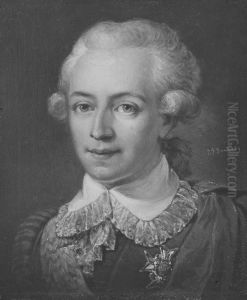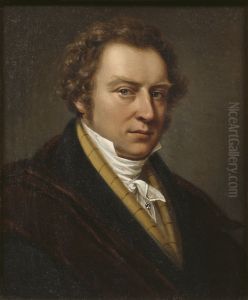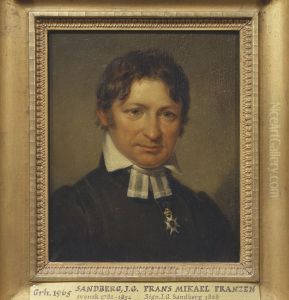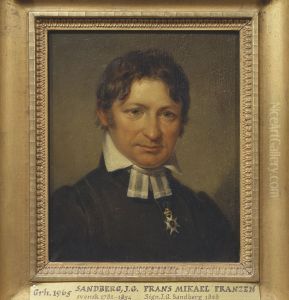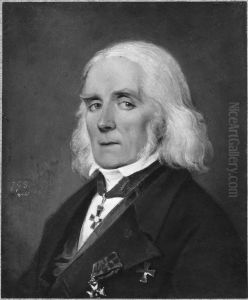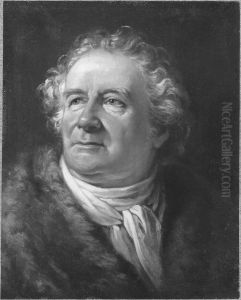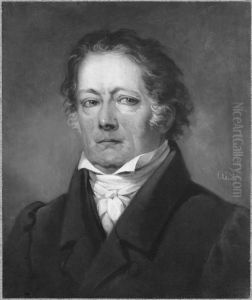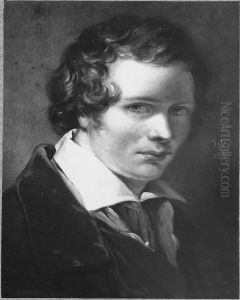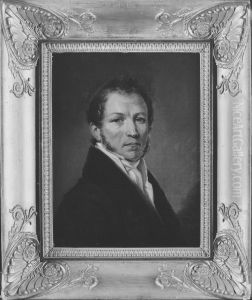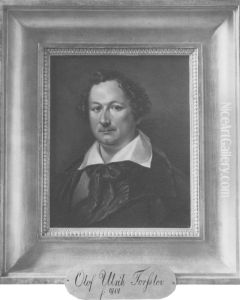Johan Gustaf Sandberg Paintings
Johan Gustaf Sandberg was a Swedish painter born on July 13, 1782, in Stockholm. His artistic journey began with studies at the Royal Swedish Academy of Arts in Stockholm, where he enrolled at a young age. Sandberg proved to be a talented student, and his time at the academy laid the foundation for his future career as a painter. Following his studies, he traveled to Paris in 1809 to further his education and immerse himself in the burgeoning European art scene of the period.
During his time abroad, Sandberg was significantly influenced by the work of French neoclassical artists such as Jacques-Louis David. He later traveled to Italy, where he spent a considerable amount of time in Rome, absorbing the classical and Renaissance art that would heavily inform his style and approach to painting. His works from this period are characterized by their historical and mythological subjects, a common theme among neoclassical artists of the time.
After returning to Sweden, Sandberg became an esteemed member of the Royal Swedish Academy of Arts and served as a professor there from 1828 until his death. He was appointed as the principal of the Academy in 1845, a role he held until 1853. Throughout his career, he painted portraits, historical scenes, and altarpieces. His work was well-received, and he was commissioned to create several significant pieces, including the altarpiece for the Gustaf Vasa Church in Stockholm.
Sandberg's contribution to Swedish art was considerable. He played a role in shaping the artistic tastes and practices of the time and was instrumental in the education of the next generation of Swedish artists. Johan Gustaf Sandberg passed away on June 26, 1854, in Stockholm. His legacy is preserved through his artworks, which continue to be admired for their adherence to the neoclassical style and their portrayal of Swedish historical and mythological subjects.
